I’m Marty Benecker, and I’m the director of speak up. And speak up was started by my mom, but it was inspired by my brother Bob, who died of AIDS in 1992 when he was 30. His wish was that it would be easier for young people to be open and honest and be themselves with the Read More
I’m Marty Benecker, and I’m the director of speak up. And speak up was started by my mom, but it was inspired by my brother Bob, who died of AIDS in 1992 when he was 30. His wish was that it would be easier for young people to be open and honest and be themselves with the important adults in their life. And so that is how SpeakUp started. And we say What began with one brave young man and my mom is now a prudent program in 30 middle and high schools. Our school based program, which is our signature program, starts with the students. We ask, What do you want to talk to the adults in your life about it’s hard to talk about, and we train the school adults, literally any adult in the building, because we all have a role to play in helping young people thrive. Young people are remarkable, but it’s hard to be a young person. They’re struggling with stress, relationships, mental health, drugs and alcohol, social media. We are a nonprofit that works to help young people navigate their journey to adulthood by both helping the young people to speak up and we help the adults to gain skills and confidence that they can use to better listen, guide and support the teenagers in their life. I would say that I’m a reluctant fundraiser, my strategy is usually that I hope that when I share compelling stories and our compelling impacts, that that will inspire people to want to give. We know our donors well, but a lot of that is in our head. So starting that process of systematizing, that understanding who’s in their family, what are their areas of interest so that we can engage them in our programming gets harder as the world gets more complex. For example, we may have a donor. They might want to give to a donor revised fund, and it may look like a first time donation, and it would be so offensive to say, Oh, welcome. Meanwhile, they’ve been giving to you for a long time. So you realize the importance we talk about how there’s a lot of low hanging fruit for us in terms of being able to improve our fundraising. That’s one of our goals during this 25th anniversary. We do two hard mail appeals, and we do an end of the year email campaign. We dipped our toe in the water with a Giving Day this year during Giving Tuesday, and worked with the DonorPerfect team to say, Okay, if this is what you want, how do we get that? What do we already have, and in what tables and what fields we mapped it and are looking at? Okay, where are there gaps? Is this something that would be best served by pulling reports out of DonorPerfect? Or do you want to create different inputs? So we’re working with the DonorPerfect team on that, and that’s an expression we actually use a lot across the board. Join us. We’re part of a movement that every dollar that you invest and every hour that you spend actually has the potential to accrue direct benefit to that donor or volunteer, which is unusual. Most people have young people in their lives, so we have a chance to benefit every problem grows in secrecy and isolation. Have to find new people. You
Read Less
